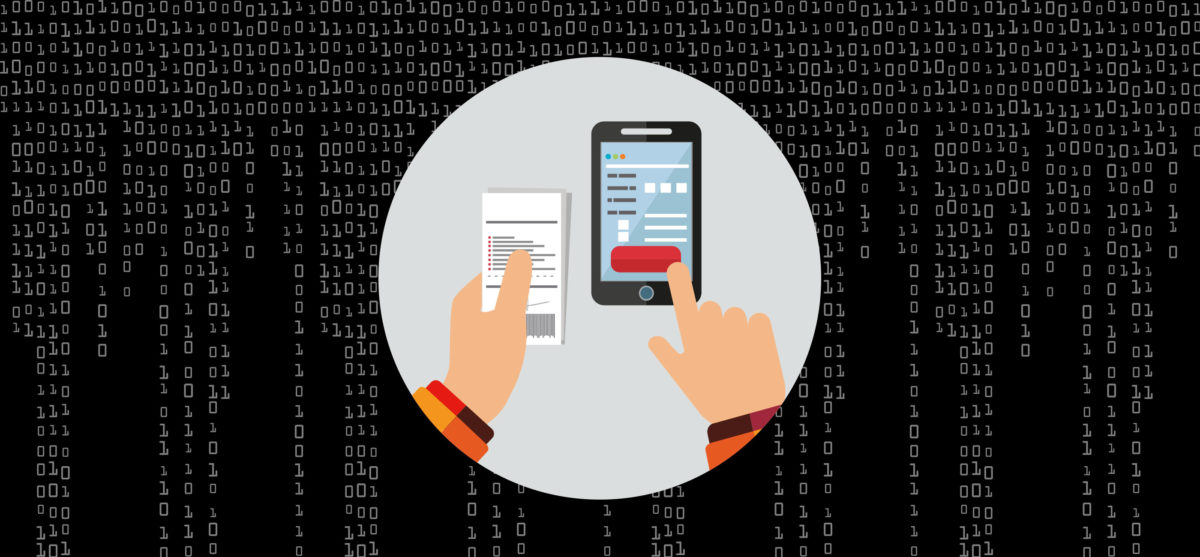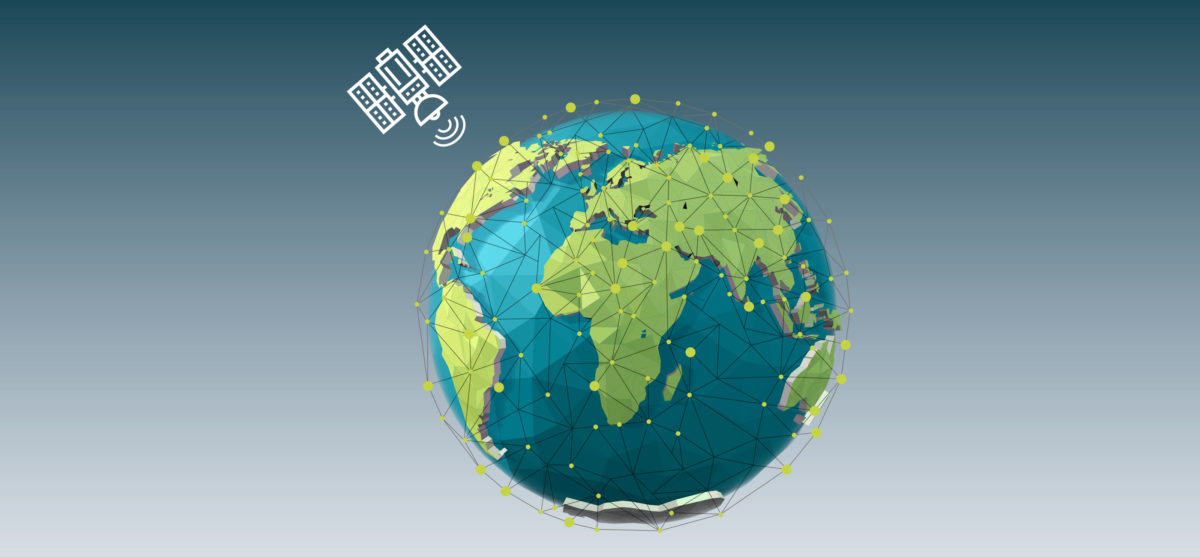In order for businesses to experience a true technological transformation, in addition to investing in the appropriate technologies, it is essential to bet on a cultural change. Víctor Manuel Muñoz Rodríguez, High Councilor for Innovation and Digital Transformation of the Presidency of the Republic, speaks in this interview about the role of technology and corporate culture in companies today.
Beyond implementing changes in processes and technological tools, in order to stand out in today’s market, which is continually changing, it is essential that companies experience a cultural change within, this is what allows them to be open to new challenges and learning to innovate and add value in a different way.
For this reason, as many experts in the world affirm, culture must be the axis of technological transformation, this is confirmed by Muñoz Rodríguez in the following interview.
What are the capacities that companies must develop for their technological transformation?
“It is always good to have experts in technology and processes, and not be permanently in trial and error schemes”,
Business technological transformation processes have three components: culture, processes and technology. This is not a fashionable topic and it is designed to improve productivity and services, and evolve towards new or better business models. The biggest challenge is cultural change and having the right talent. Therefore, there must be a purpose from senior management to simplify processes, digitize and achieve better results. Likewise, promote the formation of certain competencies, developing training environments and making use of existing offers; and exchange knowledge with international actors to adapt to the challenges of the future in global scenarios.
What are the benefits that can be obtained?
Productivity, efficiency, speed, delivery , personalization and, most importantly, user experience to know and respond in real time to their needs and expectations. Likewise, technologies can propose a change in infrastructure and processes, becoming a fundamental element to rethink business from its base, with new goals and strategic objectives.
Why should companies understand that it is not enough to acquire state-of-the-art technology to transform if they do not know how to apply it?
Technology has always been a means, not an end. If we apply technology to obsolete processes or digitize a process, but it remains unchanged, we have simply made it digital, but it will still be inefficient. Before investing in technology it is necessary to have an initial assessment, define the goals of the transformation process and know the impacts that are to be achieved. Entities should specialize in developing metrics that allow them to measure and assess whether they are getting the expected results or what changes they should make.
What are the barriers that companies in Colombia face when they decide to move towards a technological transformation?
The lack of talent within the businesses, lack of information on trends or specialized uses by sector, ignoring the functionalities provided by emerging technologies, cultural resistance, lack of development of a digital infrastructure and implementation costs that are not yet justified, largely due to ignorance. Added to this is what we have characterized as a lack of enabling conditions: access to data —especially structured—, public infrastructure that supports business activity, and connectivity. We hope to overcome the enabling conditions promptly and effectively with various measures and regulatory changes.
Why is it key for companies to seek strategic and specialized allies in this process?
The allies bring new concepts, they are usually startups with agile methodologies, they handle prototyping concepts and they are great partners in cultural change. These experts know successful models, serving as learning to avoid unnecessary expenses. Colombia has the opportunity to use the knowledge generated by companies and countries that lead the technology industry.
What are the goals that the Colombian industry has set itself to advance in technological transformation?
In the short term, increased productivity, digitization of procedures and end of physical processes, cloud services, 7×24 virtual assistants in chatbot mode, having and creating public data infrastructure, providing knowledge and identifying which barriers must be resolved by the state or by companies. In the long term, process automation; use of artificial intelligence for optimization of services and implementation of these systems for decision making; disruptive models based on technologies of the fourth industrial revolution; interoperability at all levels; robust cybersecurity plans; interconnected physical infrastructure; and robotization of the economy.
















